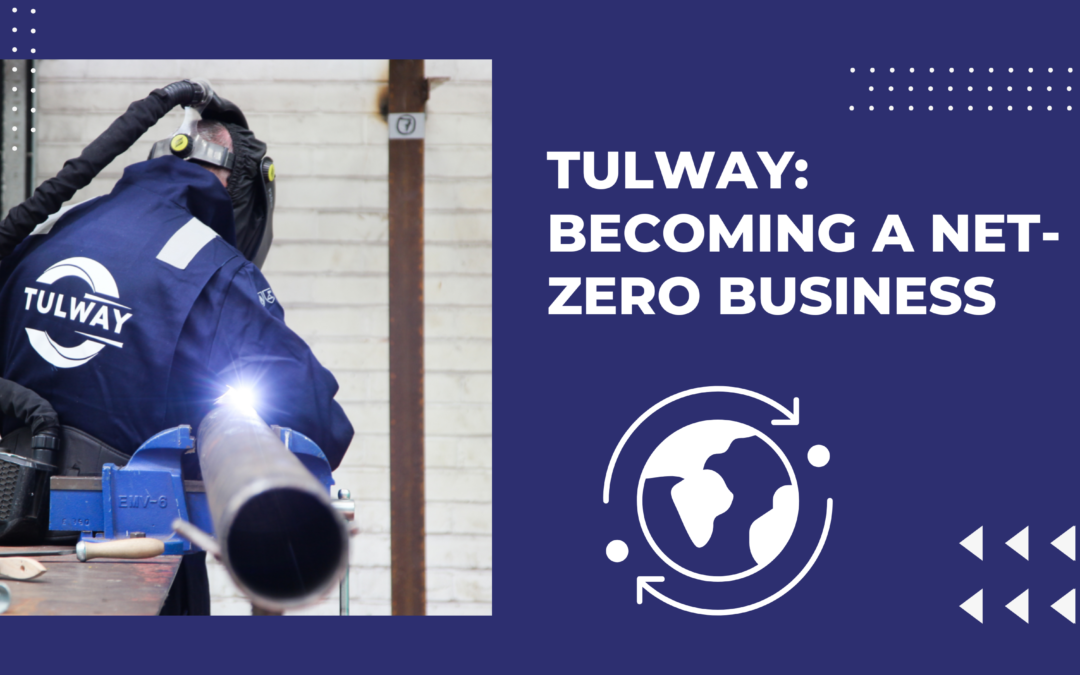The UK was one of the first countries to create a law to end our contribution to climate change, committing the whole of the UK to achieve net zero by 2050.
Through the creation of a net zero strategy, we now have a clear deadline to successfully transition our most highly emitting sectors to zero or low carbon-emitting alternatives. The UK’s net zero targets will shape our future behaviours to reduce our energy demand and implement a truly circular way of living.
As a result of this, Tulway is outlining its pledges to work towards being a net zero business and ensure it is positively contributing to the future of our planet and our workforce. By attracting, and retaining expert engineers and ensuring renewable energies are integrated into our day-to-day delivery, Tulway is setting its sights on becoming a more sustainable company.
In 2018, Tulway worked with Highview Power to complete the mechanical installation of the world’s first liquid air energy storage plant (LAES). LAES technology makes use of a freely available resource, the air, which is stored as a liquid and then converted back to gas, involving an expansion process that releases stored energy, and this drives a turbine to generate electricity. In addition to providing energy storage, the LAES plant converts waste heat to power using heat from the on-site landfill gas engines.
Currently, Tulway places great emphasis on corporate social responsibility, implementing a number of policies on the majority of its environmental issues and human rights, while also assessing supply chains to ensure suppliers also have the appropriate CSR policies in place.
Taking suitable measures to reuse or recycle the waste it produces, Tulway also measures its carbon footprint to reduce greenhouse emissions and stay on track with its green goals.
In the future, Tulway would like to continue working with the policies and measures already in place, whilst working towards making more use of renewable energies within its production process. Tulway also hopes to invest in electric vehicles.

